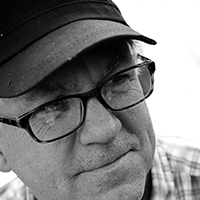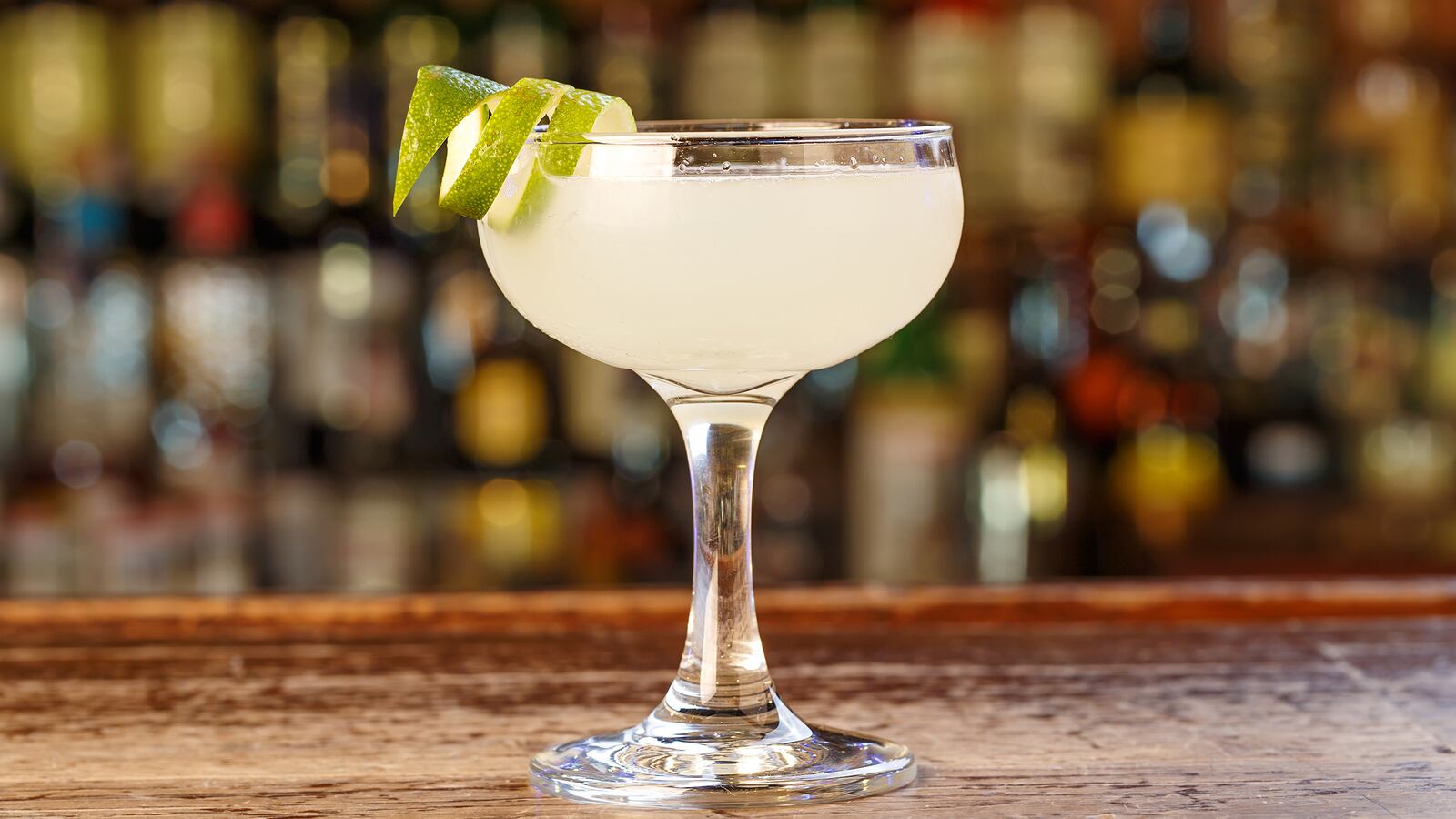A couple of years ago, I participated in an historic reenactment. This involved going with friends by boat from Eastport, Maine, to St. Andrews, New Brunswick, Canada, where I bought a case of Havana Club Rum. At the time, it was not legal to buy Cuban rum abroad and bring it back to America.
So, I did what any good rumrunner would do, I stashed the bottles under boat cushions, in the rope locker and wherever else they would fit. Then we motored back, like bootleggers of yore. I stood on the bow, doing the Kate Winslet/Titanic splayed-arm thing, singing songs of temperance and temptation.
Some of the above facts are true. Some of them are not. (And good day to you, Customs and Border Patrol web-searching algorithm!) In any event, it was a ridiculous scenario. Why must a perfectly fine, safe-to-drink rum be smuggled? I won’t get into the convoluted backstory of the Cuba embargo or the secondary backstory of the Havana Club vs. Bacardi lawsuits. While you can now legally bring home Cuban rum purchased outside the country, it’s still not available inside the U.S.A.
This is especially irksome for bars that focus on rum, or establishments that take inspiration from Cuba’s golden era of mixology. How can customers enjoy a traditional Cuban Daiquiri if they don’t have an actual rum from the island where the drink was conceived?

One option is to buy the Panamanian Caña Brava, which was created several years ago by a former Cuban master blender with the goal of making a reasonable replica of a Cuban rum. But some bars have gone even further, concocting their own house blends by combining several legal rums to make one faux-illicit rum.
I asked four noted bars for their Cuban-like blends, then re-created them myself. On a recent weekend, Jeff “Keebler” Grdinich, the national manager of bar education at the Kimpton Hotel Group, and I worked our way through a blind tasting of theses blends, along with some actual Havana Club Añejo Reserva. Later, I made a basic Daiquiri (four parts rum, one part fresh lime juice, one part simple syrup) with each to see how they compared.
- 3 parts Plantation Dark
- 1.75 part Don Q Gold
- 1.75 part Don Q Añejo
- 1 part Plantation 3 Star
- 1 part Mount Gay Black Barrel
This was the darkest of the blends and visually the closest to the Havana Club Añejo Reserva we had on hand. (I wished we had the Havana Club 3 Year as well, but the day was late and Canada was far.) This had lots of big, bright, fruity notes, with less of a presence of oak than the Havana Club. The Rumba blend was sweeter and less dry than the Cuban, but it blossomed with some intriguing flavors as we sipped it. “It’s solid enough to make it in a drink, but I’d be bored with it as a straight spirit pour,” said Keebler. In the Daiquiri, I found it a bit shy in the presence of lime, and the finish faded quicker than I’d have liked.
- 4 parts Caña Brava 3-Year-Old
- 3 parts Plantation 3 Star
- 2 parts Barbancourt White
- 1 part El Dorado 3-Year-Old
This is a big, outsized white rum blend, brimming with the aroma of overly ripe plums and pears, but with a drier taste than the nose would suggest. It has a creamy, full mouthfeel, with a soft, swift finish. Keebler enjoyed it, but thought it was slightly lacking in complexity and likened it to a nice “after-dinner candy.” It made for a fine Daiquiri, with the native rum flavors coming out of the shadow of the lime.
- 12 parts Brugal Especial Extra Dry White Rum
- 3 parts Caña Brava 3-Year-Old
- 3 parts Caña Brava Rum 7-Year-Old
- 1 part Wray & Nephew Overproof
This blend served up plenty of complexity, with a top note of what we thought might be agricole funk, but turned out to be from the Jamaican overproof spirit. It started off a bit timidly, but kicked in with a long and slightly sweet finish. “I could drink Daiquiris made of this all-day long.” Keebler said. As could I. The funk stood up to the lime and sugar without being too bossy.
- 6 parts El Dorado 3
- 3 part Caña Brava white
- 1 part Smith & Cross
This blend was the simplest (consisting of only three rums) but had the most complex flavor. The Smith & Cross added a stratum of hogo, and the Caña Brava tempered the inherent sweetness of the El Dorado. “It’s the most interesting with the best balance,” said Keebler. He wanted to us this blend for making more complex cocktails, and save the others for simpler mixed drinks. When used in a Daiquiri, it was the closest match to my baseline Havana Club Daiquiri made with the real Añejo Reserva.
You can’t go wrong with any of these blends if you’re looking for a low-hassle taste of Havana. Each stands out, differing from all other rums on the market today. But if I had to just choose one, I’d opt for Manolito’s blend—it was tasty when served straight as well as in a range of mixed drinks. Fair warning: my tastes may be skewed, since I’m always a sucker for the Jamaican funk of Smith & Cross. Your tastes may vary.
For those seeking Daiquiri rums with more Cuban verisimilitude, I’d opt for either the BlackTail or Anvil formulas. And I’d go with the Rumba blend for versatility—it’s a bit less assertive than the others, but could be happily used in a broad array of classic cocktails.
And if you don’t fancy buying a mess of rums to mix up into a single ersatz rum, then find a bottle of Caña Brava Rum 7-Year-Old. It’s a solid homage to Havana Club, although lacking a bit of the original’s authority and oaky overtones. Still, it will always go down without a whisper of a complaint.






